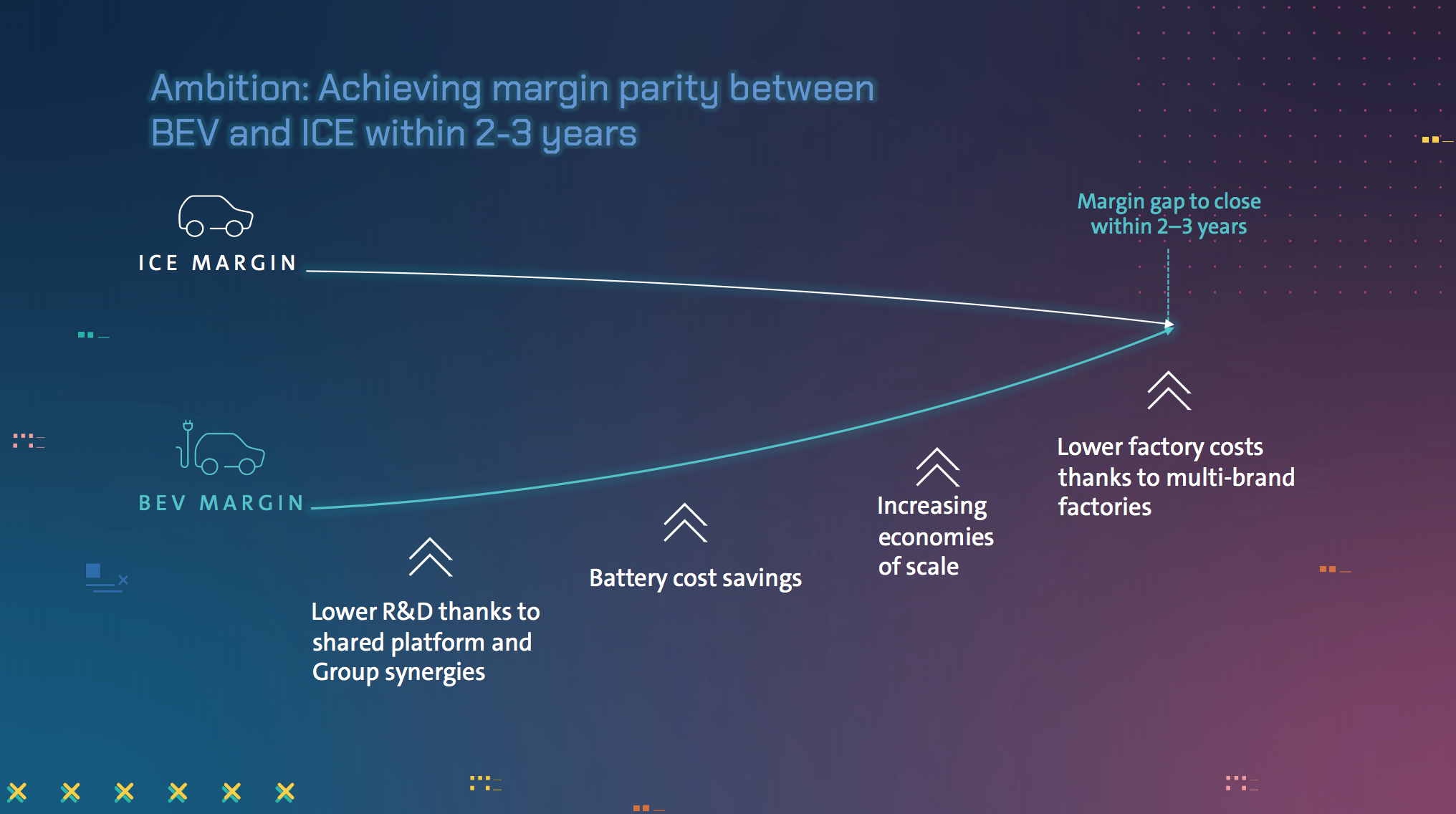- July 13, 2021
- by:
- in: Blog
Small and medium-sized businesses in Latin America finding it difficult to get the funds they need to export their goods to the United States is a gap Marco Financial is looking to bridge.
Small and medium-sized businesses in Latin America can find it difficult to get the funds they need to export their goods to the United States. It’s a gap Marco Financial is looking to bridge through its tech-enabled risk assessment platform that can provide better insight on who should receive loans.
To continue its mission, the Miami-based trade finance company raised $7 million in seed funding and $75 million in a credit facility, led by Arcadia Funds LLC and Kayyak Ventures, to increase its credit line to $100 million. Marco was backed last September by a small seed round from Struck Capital and Antler and over $20 million in a credit facility underwritten by Arcadia Funds.
Additional investors in the newest seed round and expanded credit facility include Village Global VC, Flexport Ventures, Tresalia Capital, 342 Capital, Struck Capital, Antler LLC, Antler Elevate, Florida Funders and Fox Ventures. Strategic angel investors include Phil Bentley, CEO of Mitie, and Naman Budhdeo, co-founder and CEO of TripStack and FlightNetwork.
Jacob Shoihet, Marco’s co-founder and CEO, says not only is there a roughly $350 billion trade finance market to go after, but cited data learned from Javier Urrutia, director of Foreign Investments at PROCOLOMBIA, an organization that promotes foreign investment and nontraditional exports in Colombia, that for every 1% increase in export productivity, 500,000 new jobs can be created.
“For small and medium businesses in trade, this is important for companies creating a high level of job growth and lowering the poverty rate,” Shoihet told TechCrunch. “By making it easier for businesses to transcend the 30, 60, 90 and now even 120 days they wait to be paid for supplies, we can solve that gap and unlock billions in value so that companies can scale.”
Shoihet met his co-founder and COO Peter D. Spradling through the Antler accelerator, a Singapore- and New York-based early-stage investment and advisory services program that connects entrepreneurs and tech operators to launch new businesses. They started Marco in 2019 and now have offices in New York, Dallas and across Latin America.
Spradling was born in Uruguay and knows firsthand about the challenges of importing and exporting from working in his family’s slaughterhouse and later founding three of his own companies. In fact, one of his businesses imported e-cigarettes — his mother was a lifelong smoker, and he wanted to help her quit. He recalls pre-selling his inventory at a discount in order to get the money to import the goods.
“Banks don’t like risk, which means businesses spend most of their time trying to get financing rather than increasing sales,” Spradling told TechCrunch. “Banks in Latin America have a saying that ‘they lend money to people who don’t need it.’ Families with money can access the banks, but you can’t launch a business without capital, and many owners lack that access to banks.”
Marco’s factoring product enables new companies to get started without having to put up the significant amount of collateral that banks are asking. Banks typically look at financial statements for the past two years of the business and give a line of credit accordingly. Not needing as much collateral also enables more women in Latin America to become business owners because they often don’t have collateral, Spradling said.
In contrast, Marco reduces risk by basing its lines of credit on an analysis of the future potential of the business, thereby freeing up cash so that small and medium exporters can continue their operations and invest in their growth. The company is able to show what kind of financing can be obtained based on the amount of data customers provide. Marco also said it can reduce the loan origination process from over two months to one week and provide funding to approved exporters within 24 hours.
Cristóbal Silva Lombardi, general partner at Kayyak Ventures, told TechCrunch that Marco is providing an alternative for small and medium exporters to access capital that they previously had to get from friends and family.
In countries like Chile, electronic invoicing innovation has enabled the factoring industry to grow, and in turn, companies like Marco tend to become leaders in supply chain financing and shrink the high interest rates spread between small businesses and large firms.
“Marco wants to take that worldwide,” Silva Lombardi said. “There is a lot of value to tackle. Factoring is one of the corners in the financing market that hasn’t been tackled, and by using technology, Marco is building and creating value for the whole society. This is where venture capital firms should be putting their dollars — in companies where technology and talent unleash a lot of value.”
Since launching its product in January 2020, the company has processed thousands of invoices across 20 countries, amounting to more than $18 million.
However, it wasn’t easy in the beginning, according to Shoihet. Starting during the global pandemic, Marco initially had challenges accessing the market due to exports and supply chains being strained.
Today, Marco has found its groove and is lending as little as $25,000 per month and as much as $10 million, Shoihet said.
As such, the new funding will go toward simplifying cross-border payments, assessing risk and productizing ways to take unstructured data, processes and work to create a better experience for the customer. The company also said it aims to give large logistics providers the ability to finance exports on their own.
Marco was also able to attract new leadership, including Prajwal Manalwar, chief product officer, and Sabrina Teichman, chief growth officer. Manalwar worked for 13 years at PayPal, where he most recently was a product lead focused on debit card authorization rates and in-store payments. Teichman joins after 11 years with the U.S. government, most recently serving as managing director for the U.S. International Development Finance Corp.
“Now we can work on how to solve the problem at a larger scale by building infrastructure and information through the underwriting process and through partnerships from larger players in shipping, trade services and insurance — all incumbent industries that have clients with working capital,” Shoihet said. “By innovating the underwriting process, we can come to better conclusions and be the trade finance-as-a-service provider to clients in emerging markets.”










